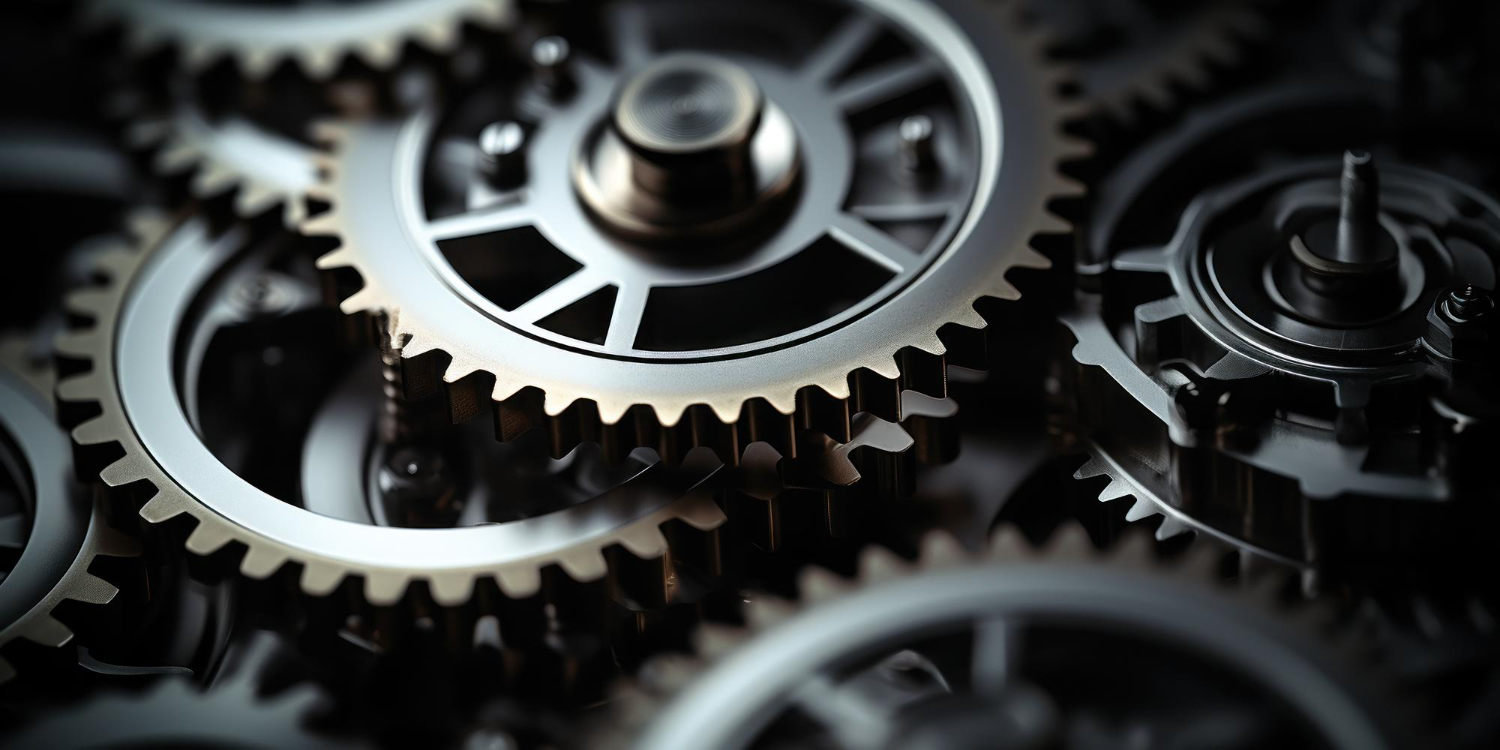
Introduction to Gear Manufacturing
Different Processes of Gear Manufacturing
Gears play a fundamental role in countless mechanical systems, as we discussed in the last part from simple spur gears to complex helical and bevel gears, the diversity of gear types reflects the vast array of applications they serve in industries ranging from automotive and aerospace to manufacturing and robotics.
Now it’s time we discuss the process of how they are actually brought into existence, gear manufacturing encompasses a range of processes designed to produce gears of various types, sizes, and specifications. These processes combine traditional machining techniques with advanced technologies to achieve the desired gear geometry, surface finish, and mechanical properties.
In this part, we’ll explore the key gear manufacturing processes, including machining, forming, casting, and powder metallurgy. Each process offers unique advantages making it crucial for gear manufacturers to carefully select the most suitable method. Let’s talk about the primary type of manufacturing processes:
Gear Machining: This process involves the removal of material from a workpiece to create the desired gear geometry. Machining is widely used in gear manufacturing due to its versatility, precision, and ability to produce a wide range of gear types. Here’s an overview of key gear machining processes:
Gear Forming: Gear forming processes involve shaping metal into gear profiles without the removal of material. These processes offer advantages such as high material utilisation, reduced machining time, and the ability to produce complex gear shapes. Here’s a brief overview of gear forming processes:
Casting: It is a popular gear manufacturing process that involves pouring molten metal into a mould to create the desired gear shape. It offers several advantages, including the ability to produce complex geometries, cost-effectiveness for large production runs, and the suitability for a wide range of materials. Here’s a discussion about the casting process in gear manufacturing:
Powder metallurgy (PM): This is a versatile manufacturing method used in gear production to create gears with complex shapes, high precision, and tailored material properties. Powder metallurgy involves the production of metal components from metal powders through various processes such as compaction, sintering, and sometimes additional secondary operations like heat treatment or machining. In gear manufacturing, powder metallurgy allows for the production of gears with intricate geometries, including internal features and fine teeth profiles, that are difficult or impossible to achieve with conventional methods. It’s suitable for producing gears used in various industries such as automotive, aerospace, medical, and industrial machinery.
Advancements in Gear Manufacturing Process:
Recent advancements in gear manufacturing processes have been driven by innovations in technology, materials, and automation. Some of the notable advancements include:
Additive Manufacturing (AM):
Additive manufacturing, or 3D printing, stands as a groundbreaking advancement in gear manufacturing. This innovative technology allows gears to be produced with intricate geometries and customised features directly from digital designs, bypassing the need for traditional tooling. By reducing lead times and enabling on-demand production, additive manufacturing has transformed the landscape of gear manufacturing, offering greater flexibility and agility in meeting diverse industry needs.
Advanced Materials:
Advances in materials science have led to the development of new alloys and composites tailored for gear manufacturing. These materials exhibit superior strength, wear resistance, and fatigue performance, enabling gears to withstand demanding operational conditions. With a diverse range of high-performance steels, aluminium alloys, and metal matrix composites available, gear manufacturers can select materials that best match the requirements of their applications.
Precision Machining Technologies:
Continuous advancements in machining technologies have elevated the precision and surface finish of gears. Techniques such as high-speed machining, multi-axis machining, and advanced tooling innovations have enabled manufacturers to achieve tighter tolerances and superior surface quality.
Final Takeaway:
The diverse range of gear manufacturing processes, from traditional machining techniques to advanced methods like additive manufacturing and powder metallurgy, highl hts the industry’s commitment to innovation and efficiency. Each process offers unique advantages, enabling manufacturers to produce gears of varying complexities, sizes, and specifications to meet the diverse needs of industries such as automotive, aerospace, and manufacturing.
The seamless integration of digital technologies, advancements in materials science, and the adoption of sustainable practices further contribute to the evolution of gear manufacturing, ensuring high precision, reliability, and environmental responsibility in gear production. With ongoing advancements and continuous improvement, gear manufacturing remains at the forefront of technological innovation, driving progress and enhancing performance across various mechanical systems and industries.
We’ll discuss materials used in gear manufacturing in the next part!